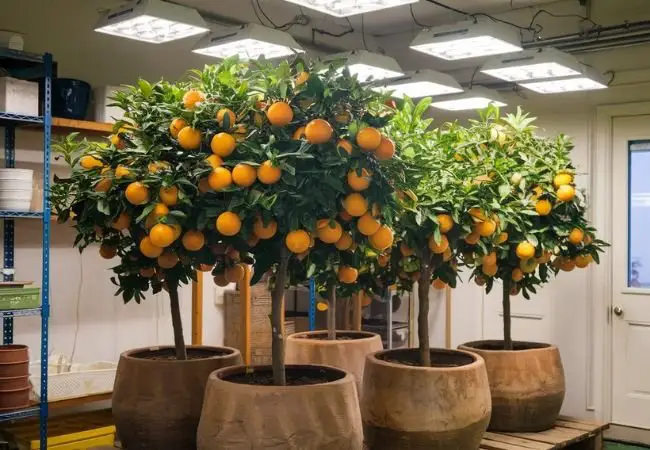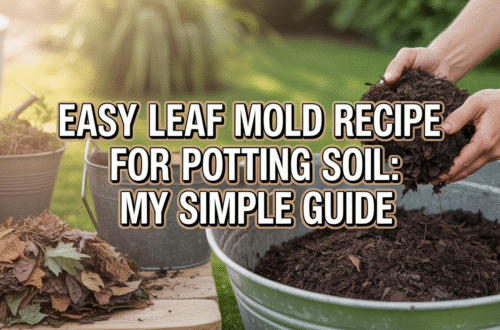Discover the 25 best cut flowers to grow in 2025, chosen by a gardening expert! From zinnias to roses, learn which blooms thrive in your garden and make perfect bouquets.
Hi, I’m Anna Scott—a gardener with over a decade of experience growing cut flowers. Over the years, I’ve tested hundreds of varieties, and today, I’m sharing my top 25 picks for 2025. Whether you’re a hobbyist or a market grower, these flowers will fill your vases with color, fragrance, and joy.
Why Grow Cut Flowers?
Cut flowers aren’t just pretty—they’re practical! They attract pollinators, brighten your home, and can even turn into a side hustle. Plus, nothing beats the satisfaction of arranging a bouquet you grew yourself. Let’s dive into the best varieties for every season and style.
The 25 Best Cut Flowers for 2025
1. Sunflowers (Helianthus annuus)
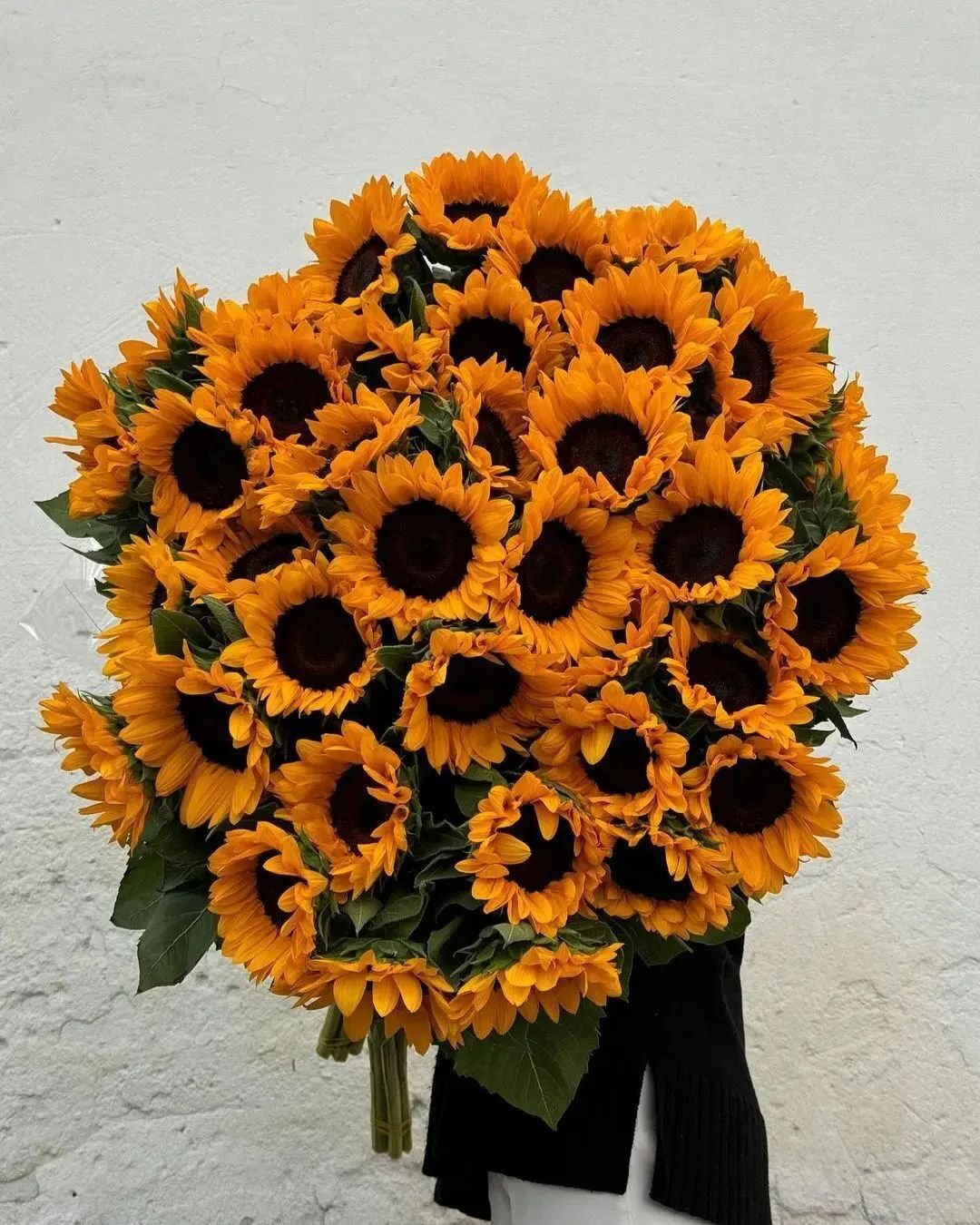
A classic favorite, sunflowers are perfect for direct seeding. Their cheerful faces attract bees and birds, and varieties like ‘ProCut Red’ add a bold twist to bouquets.
2. Zinnias (Zinnia elegans)
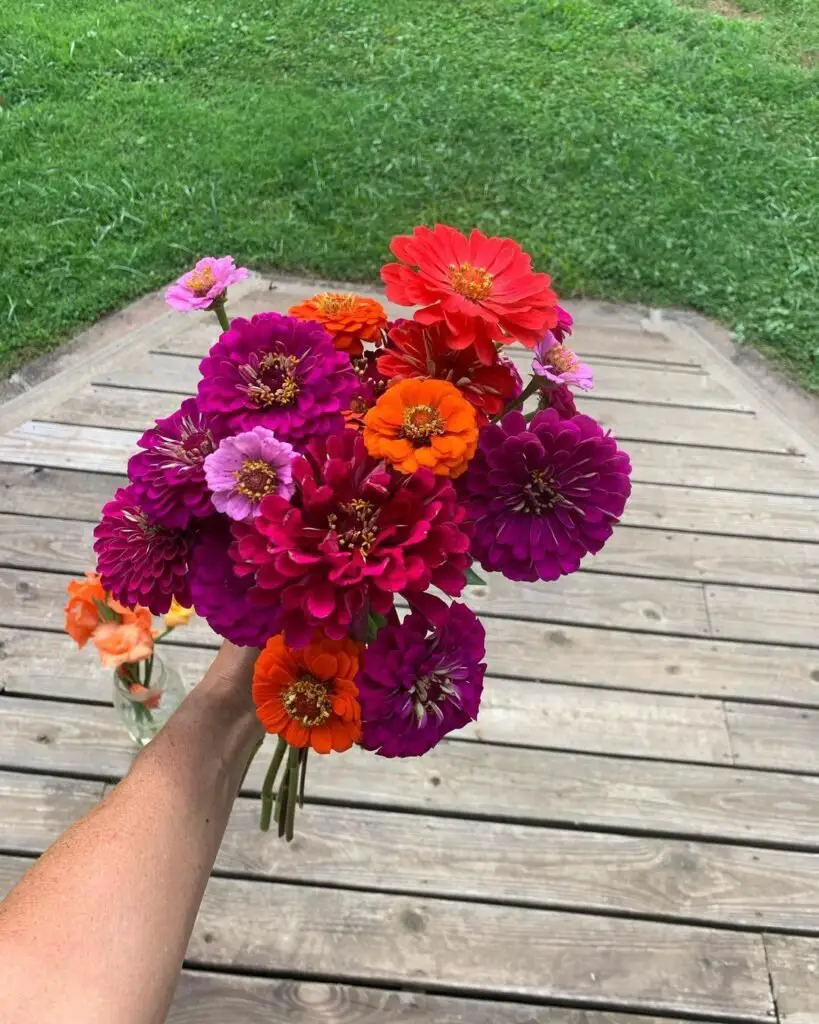
Zinnias are my go-to for beginner-friendly, drought-resistant blooms. The ‘Zydeco Fire’ variety (an AAS 2025 winner) boasts fiery orange petals and thrives in heat. Plant them in full sun, and they’ll reward you with endless flowers until frost .
Pro Tip: Pair zinnias with drought-resistant perennials for a low-maintenance garden.
3. Cosmos (Cosmos bipinnatus)
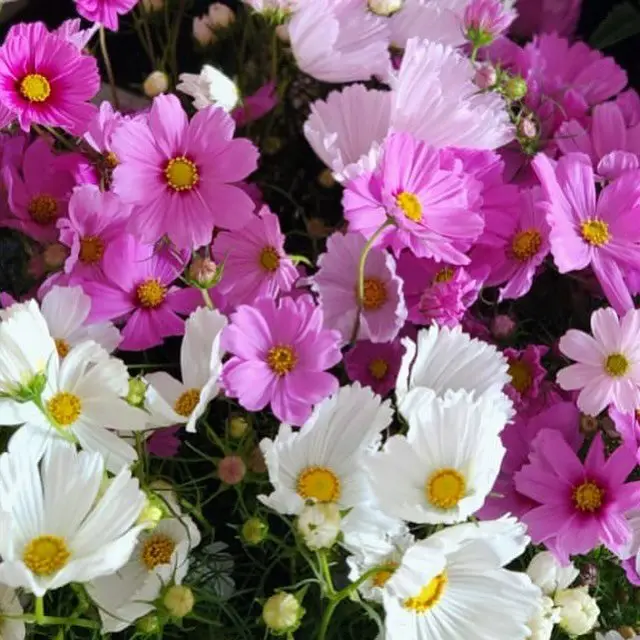
‘Sea Shells Red’ cosmos feature tubular petals for a unique look. They’re easy to grow from seed and attract butterflies
4. Sweet Peas (Lathyrus odoratus)
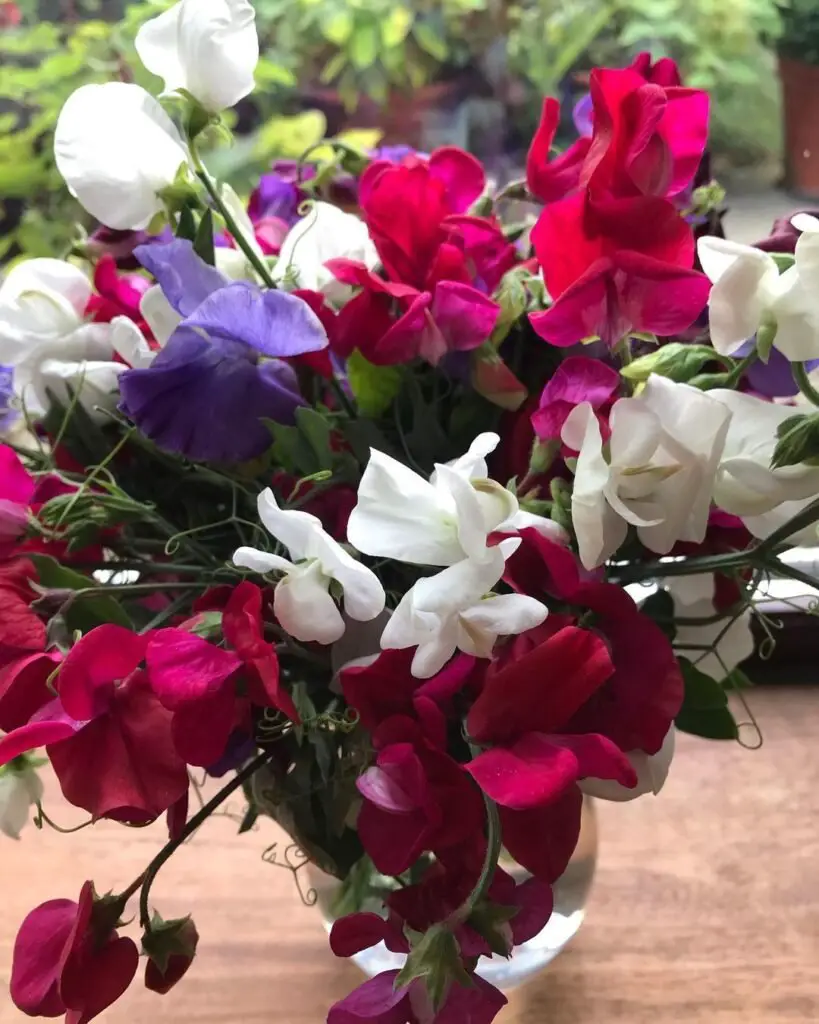
- Fragrant, butterfly-like blooms
- Excellent for climbing structures
- Bloom time: Spring to early summer
5. Snapdragons (Antirrhinum majus)
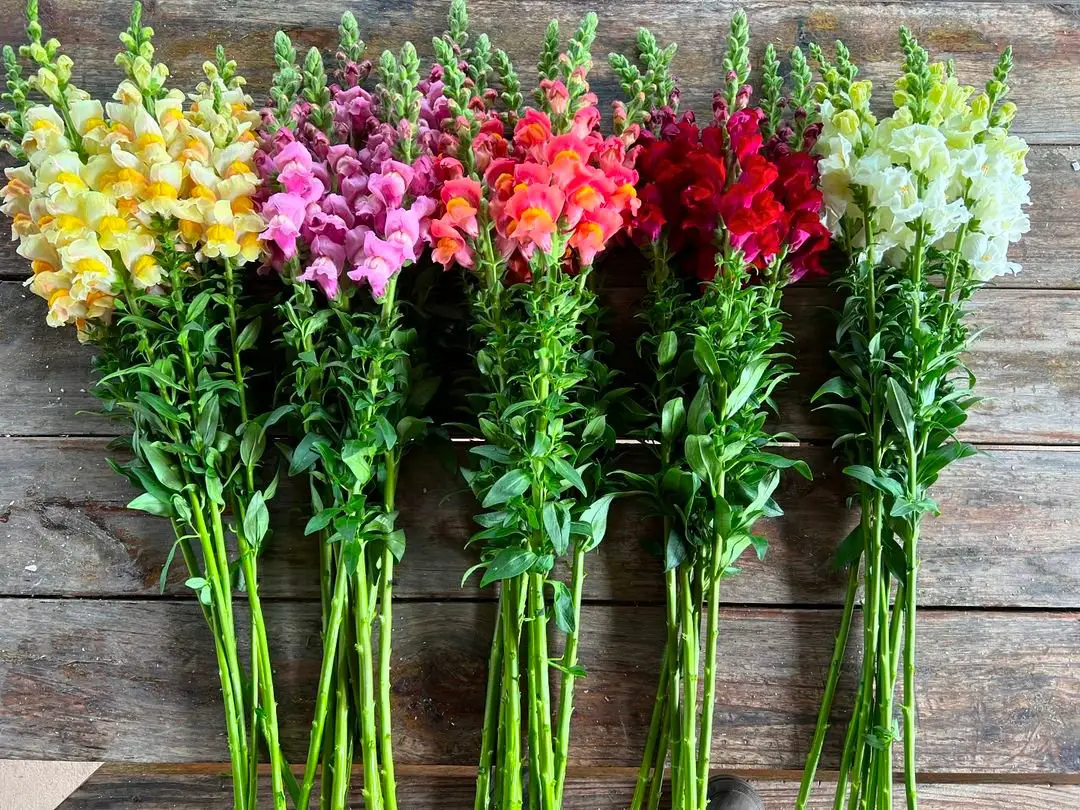
Snapdragons are a backbone crop for cut flower farms. The ‘DoubleShot Yellow Red Heart’ variety blooms from spring to summer, even in heat .
6. Peonies (Paeonia)
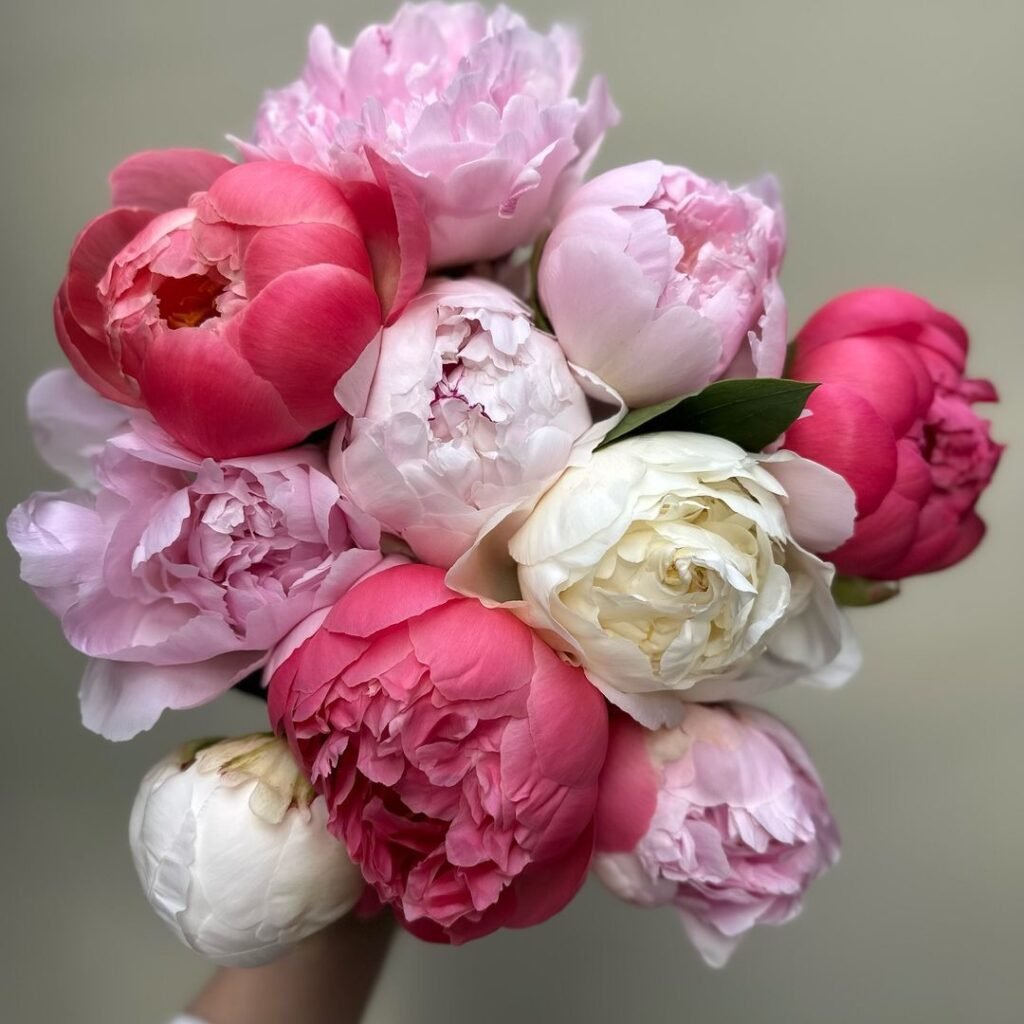
Peonies are a wedding florist’s dream. Their lush, fragrant blooms thrive in Zones 3-8 and can be dry-stored for months when harvested at the “marshmallow bud” stage .
7. Coneflowers (Echinacea)
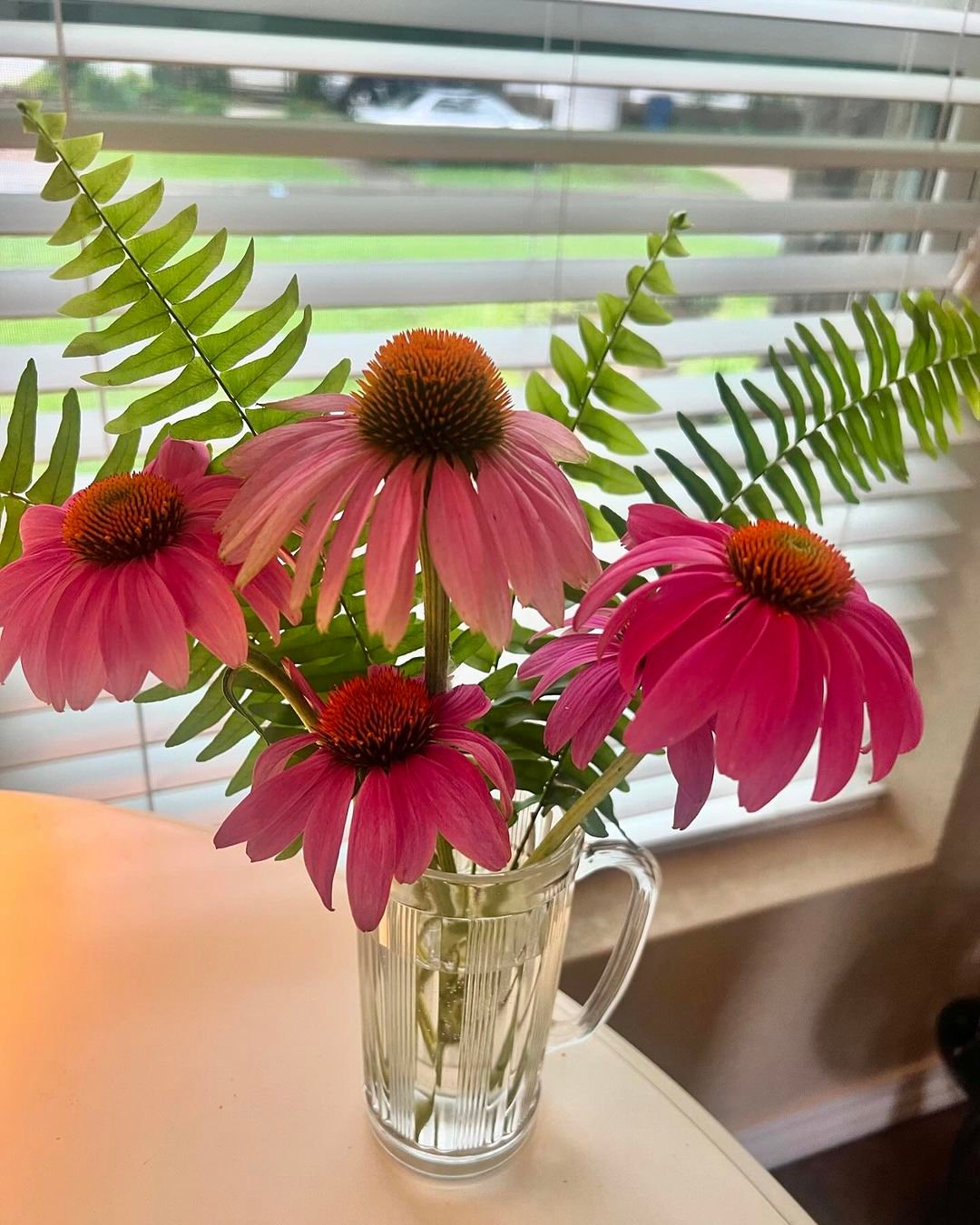
- Daisy-like flowers with prominent centers
- Drought-tolerant once established
- Bloom time: Summer to fall
8. Black-Eyed Susans (Rudbeckia)
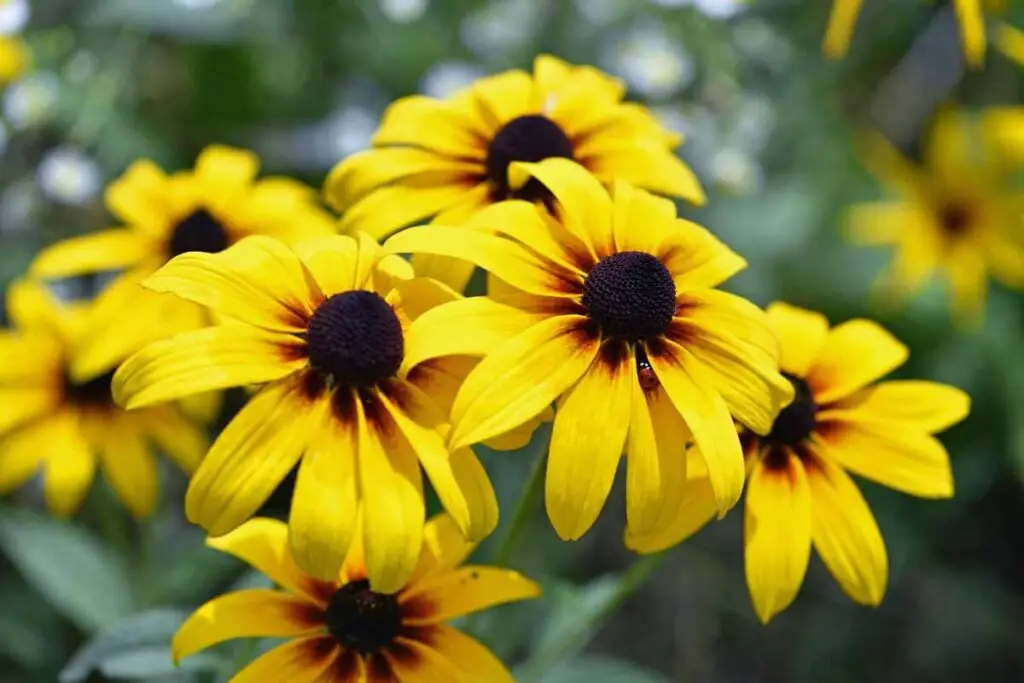
- Cheerful yellow flowers with dark centers
- Easy to grow and maintain
- Bloom time: Summer to fall
9. Shasta Daisies (Leucanthemum x superbum)
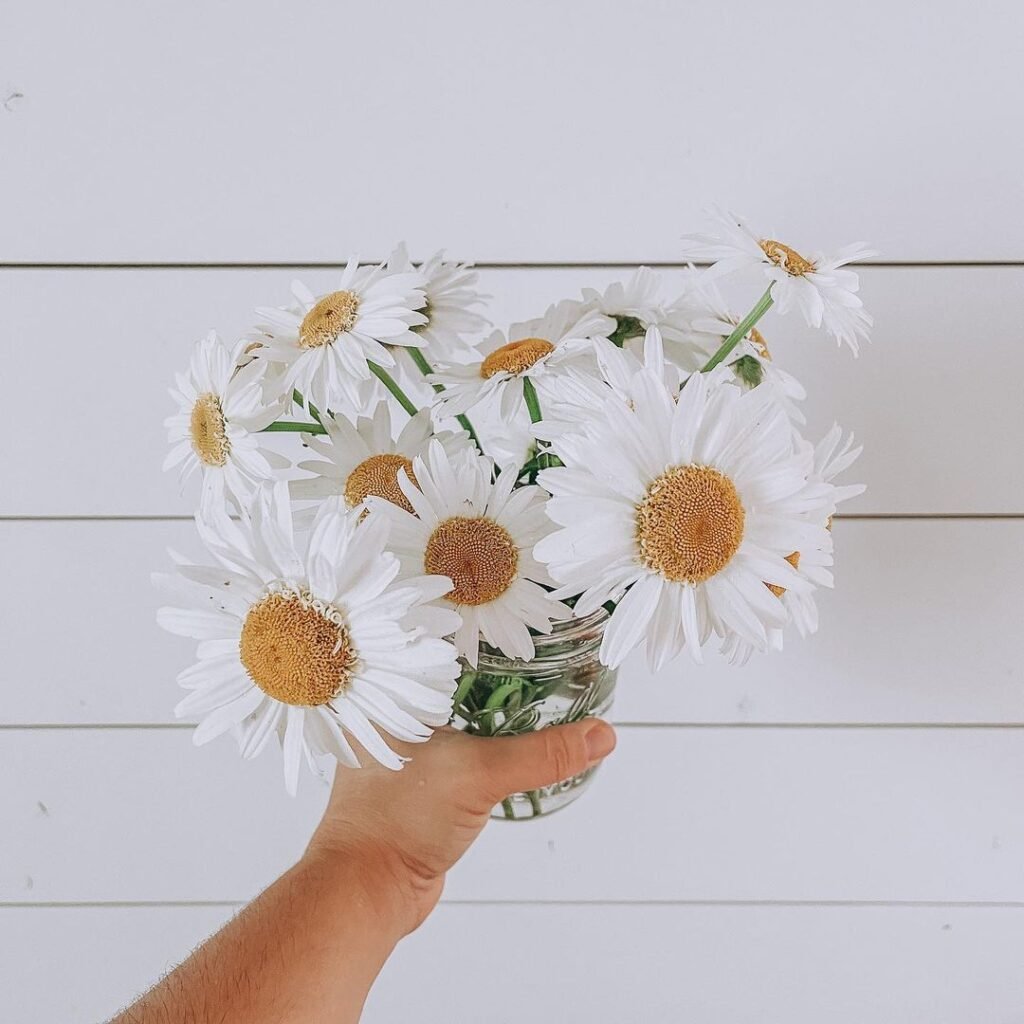
- Classic white daisies with yellow centers
- Long-lasting cut flowers
- Bloom time: Summer
10. Yarrow (Achillea millefolium)
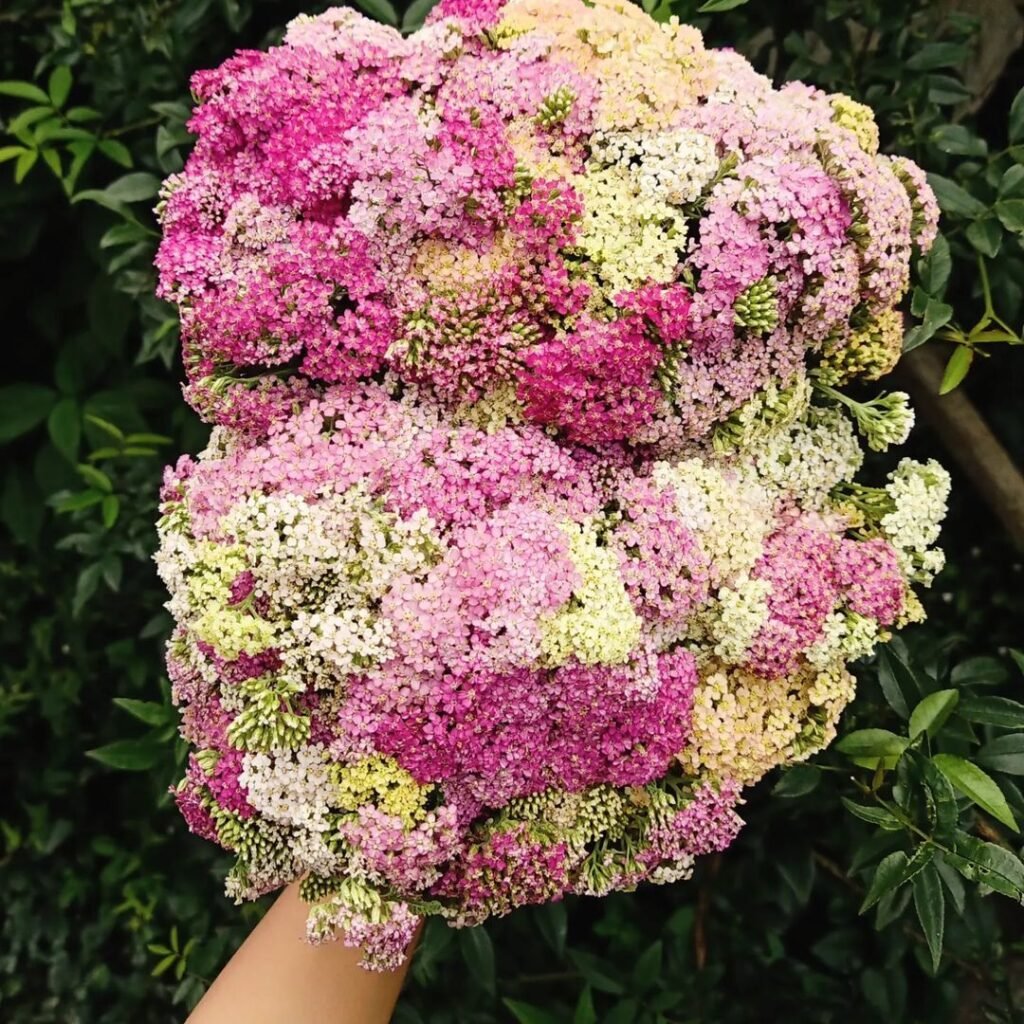
Drought-tolerant yarrow blooms in soft pinks and yellows. It’s a pollinator magnet and thrives in poor soil .
11. Tulips (Tulipa)
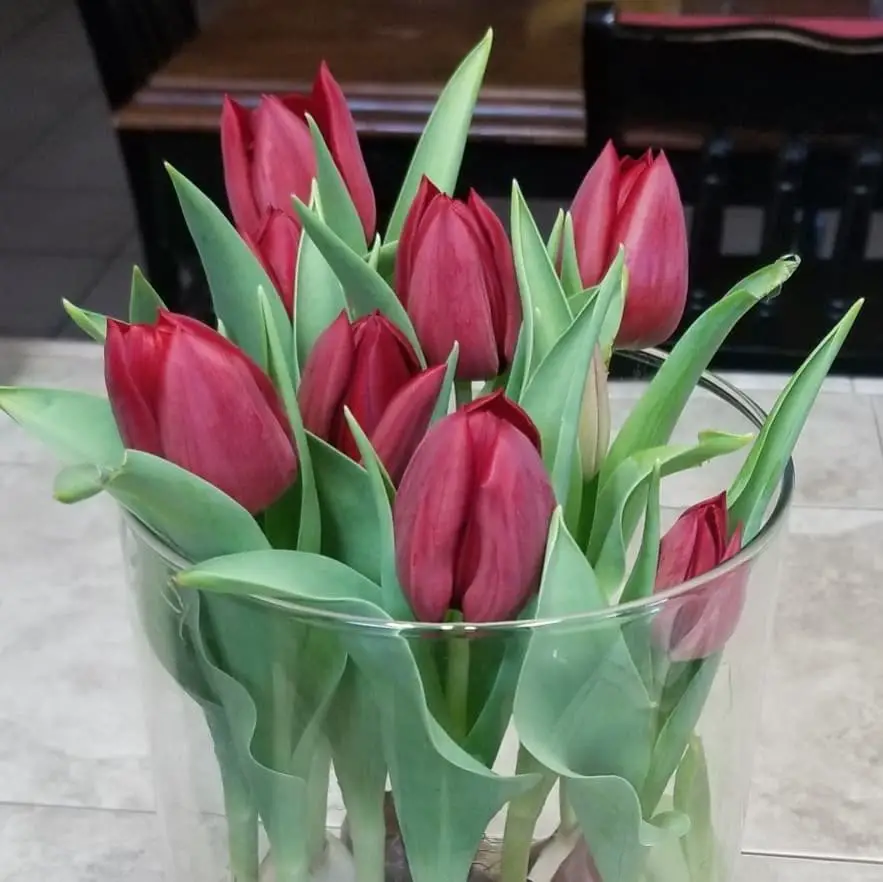
For early spring bouquets, try ‘Foxtrot’ tulips. Their peony-like doubles add elegance, and they’re hardy enough for colder zones .
12. Daffodils (Narcissus)
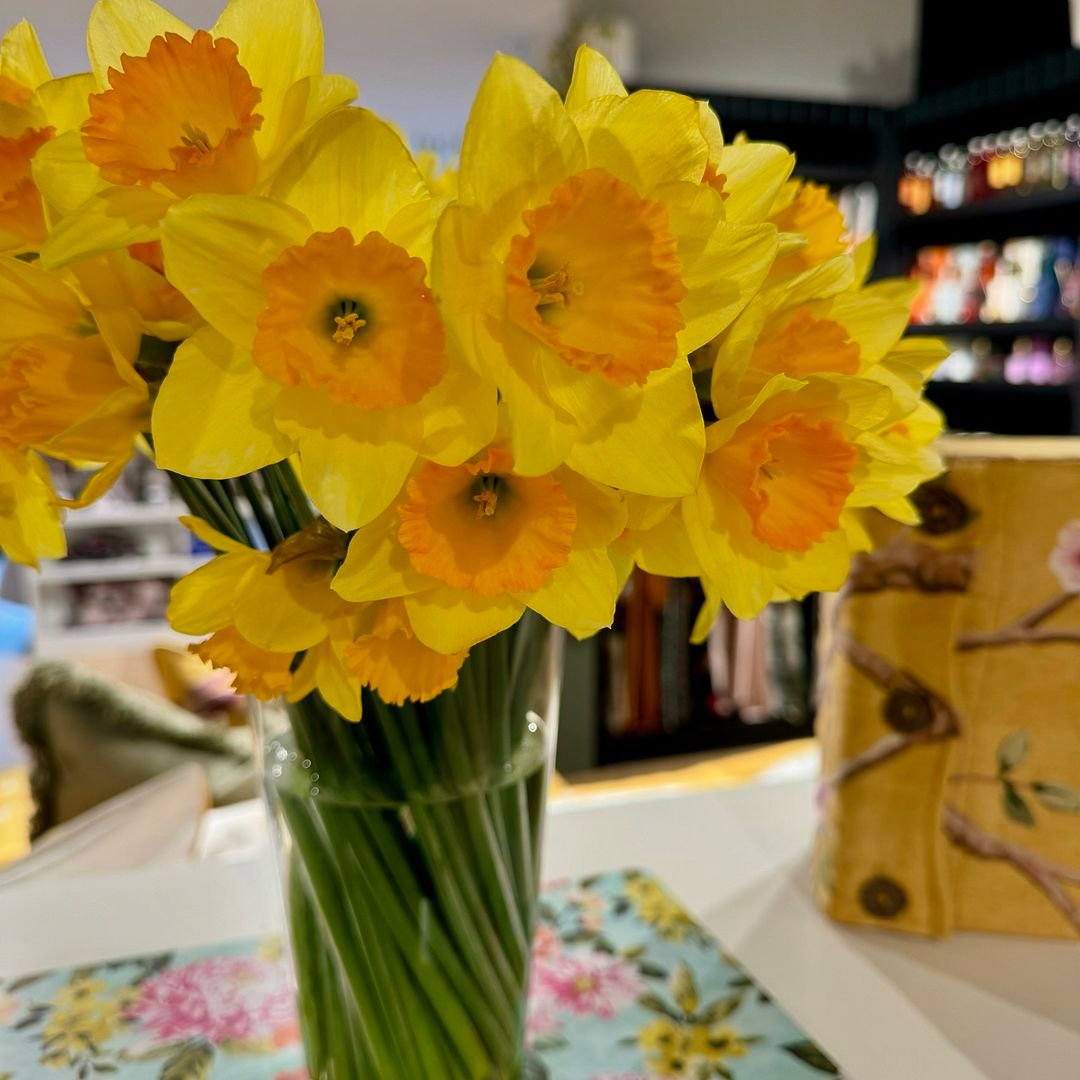
- Cheerful yellow or white flowers
- Naturalize well in many areas
- Bloom time: Early to mid-spring
13. Gladiolus (Gladiolus)
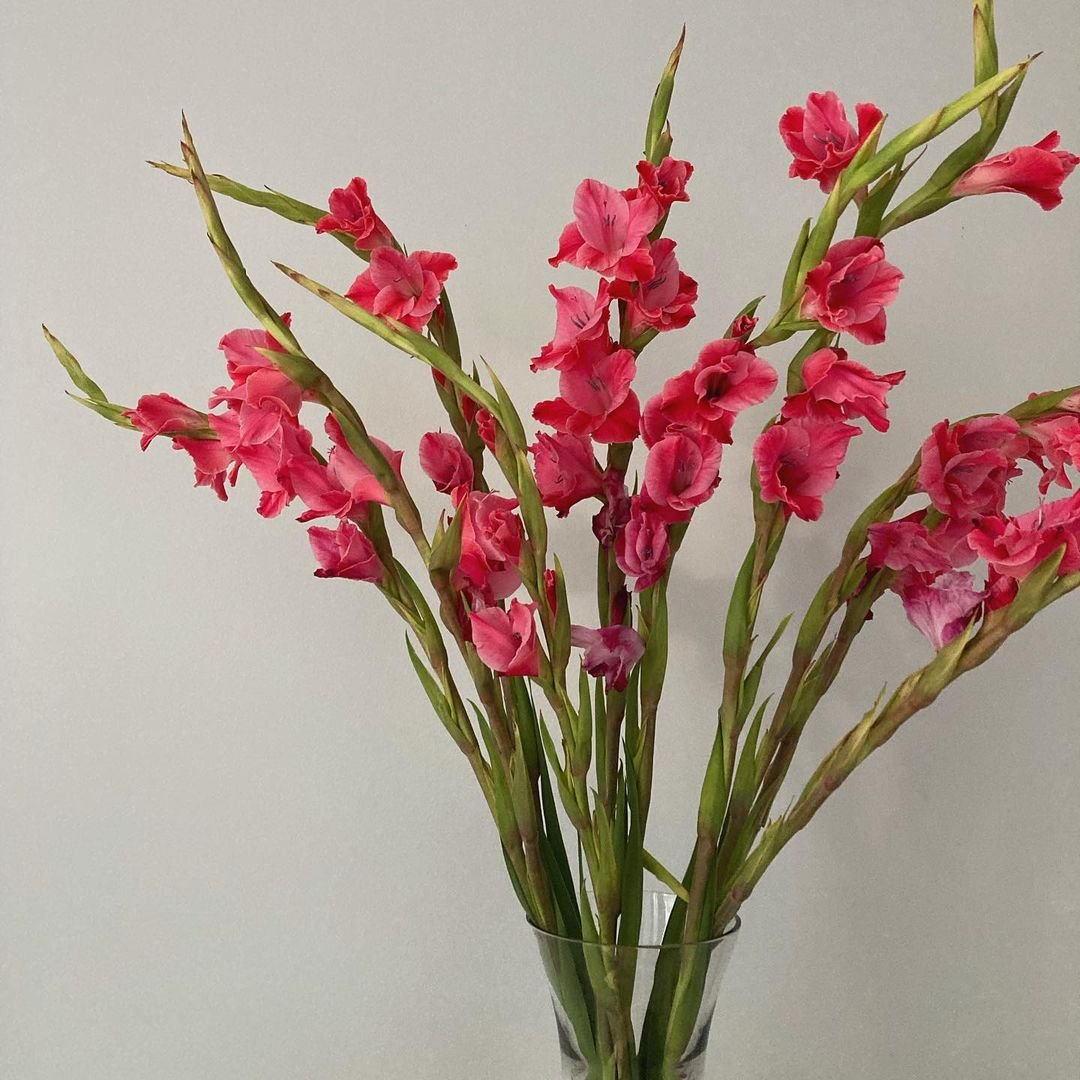
- Tall spikes of colorful flowers
- Plant in succession for continuous blooms
- Bloom time: Summer to fall
14. Dahlias (Dahlia)
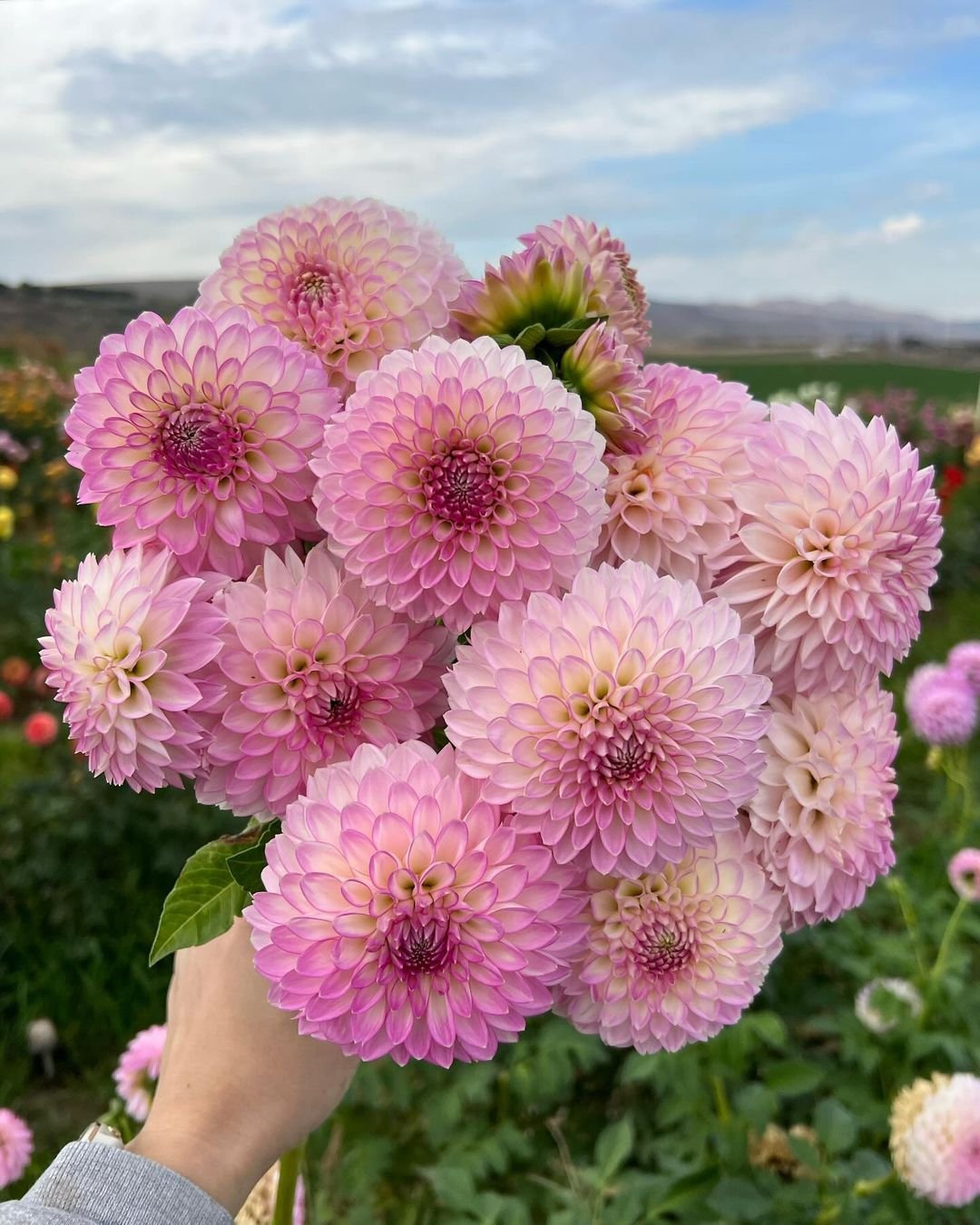
Dahlias like ‘Black Forest Ruby’ (another 2025 AAS winner) steal the show with velvety red blooms against dark foliage. They’re ideal for weddings and market sales .
15. Lilies (Lilium)
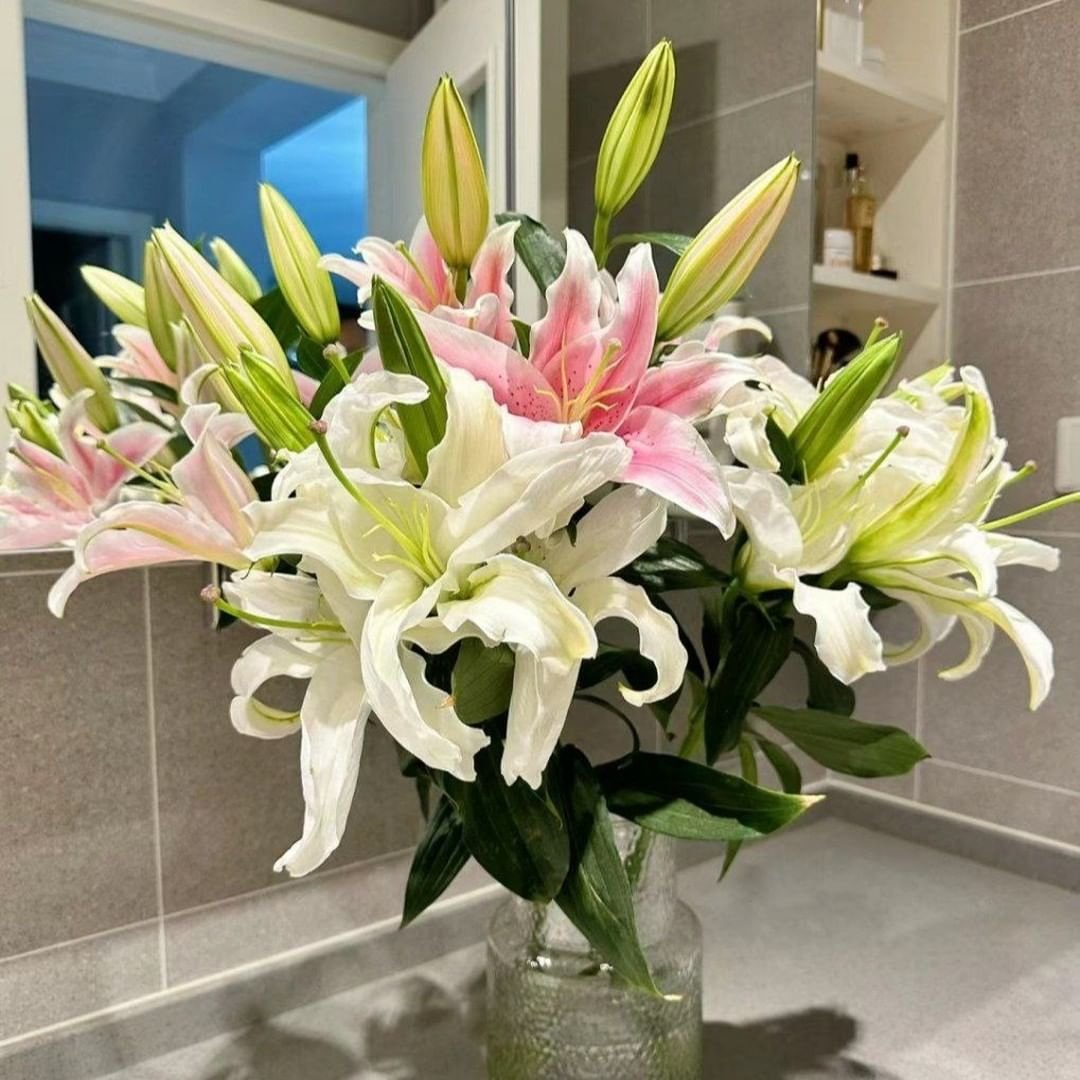
Oriental lilies like ‘Stargazer’ are highly demanded for their fragrance and size. They’re a wedding favorite and thrive in Zones 5-9 .
16. Roses (Rosa)
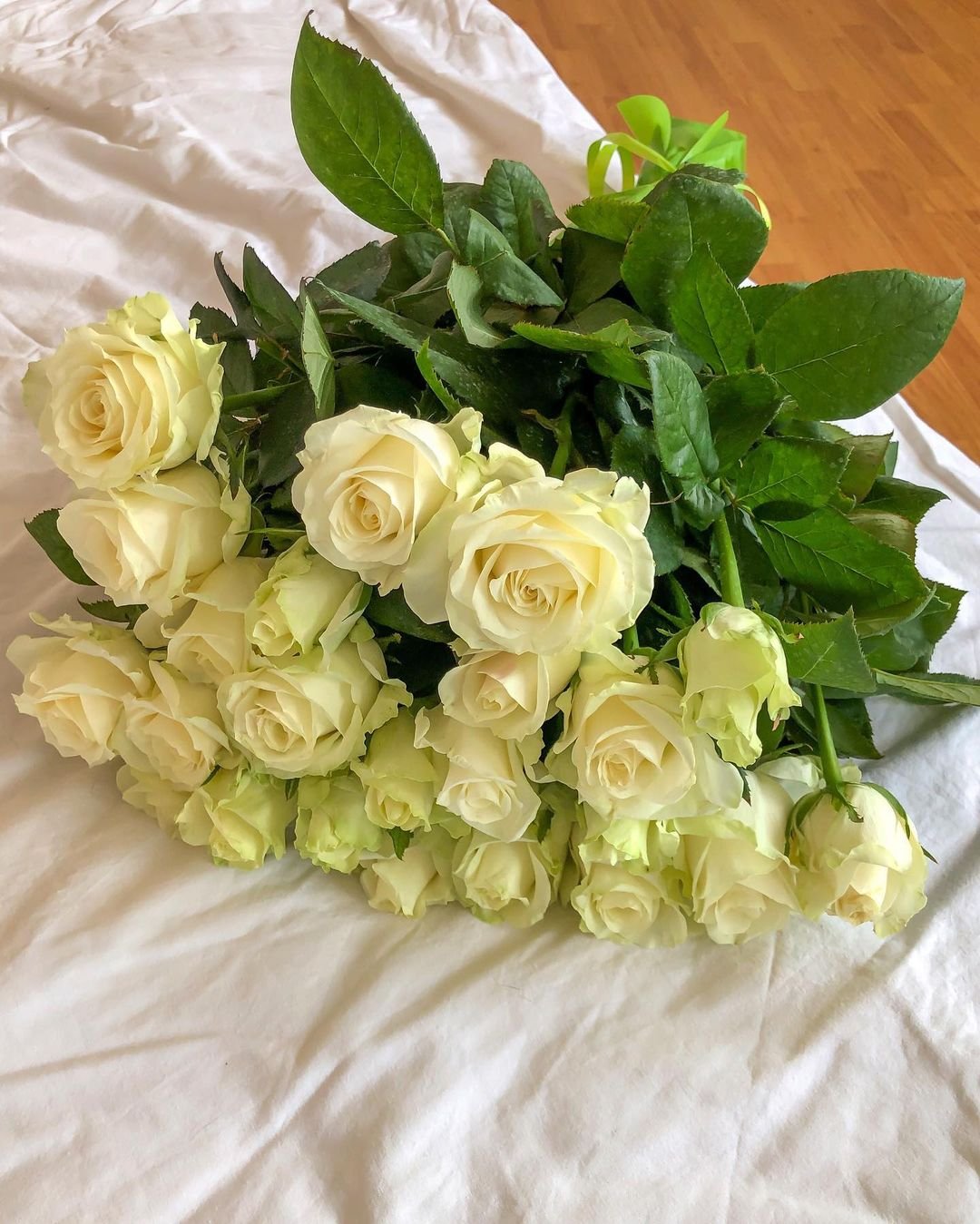
Roses remain the #1 most sold cut flower globally . New shrub varieties, like ‘Fire Ball Seedless’, offer disease resistance and stunning fall color without invasive spreading .
17. Hydrangeas (Hydrangea)
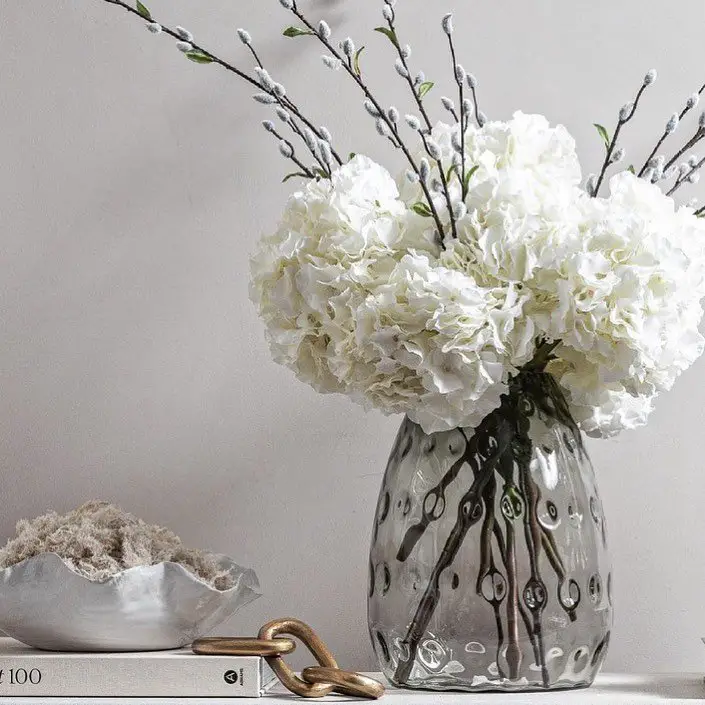
- Large, showy flower clusters
- Long-lasting in arrangements
- Bloom time: Summer to fall
18. Lilacs (Syringa)
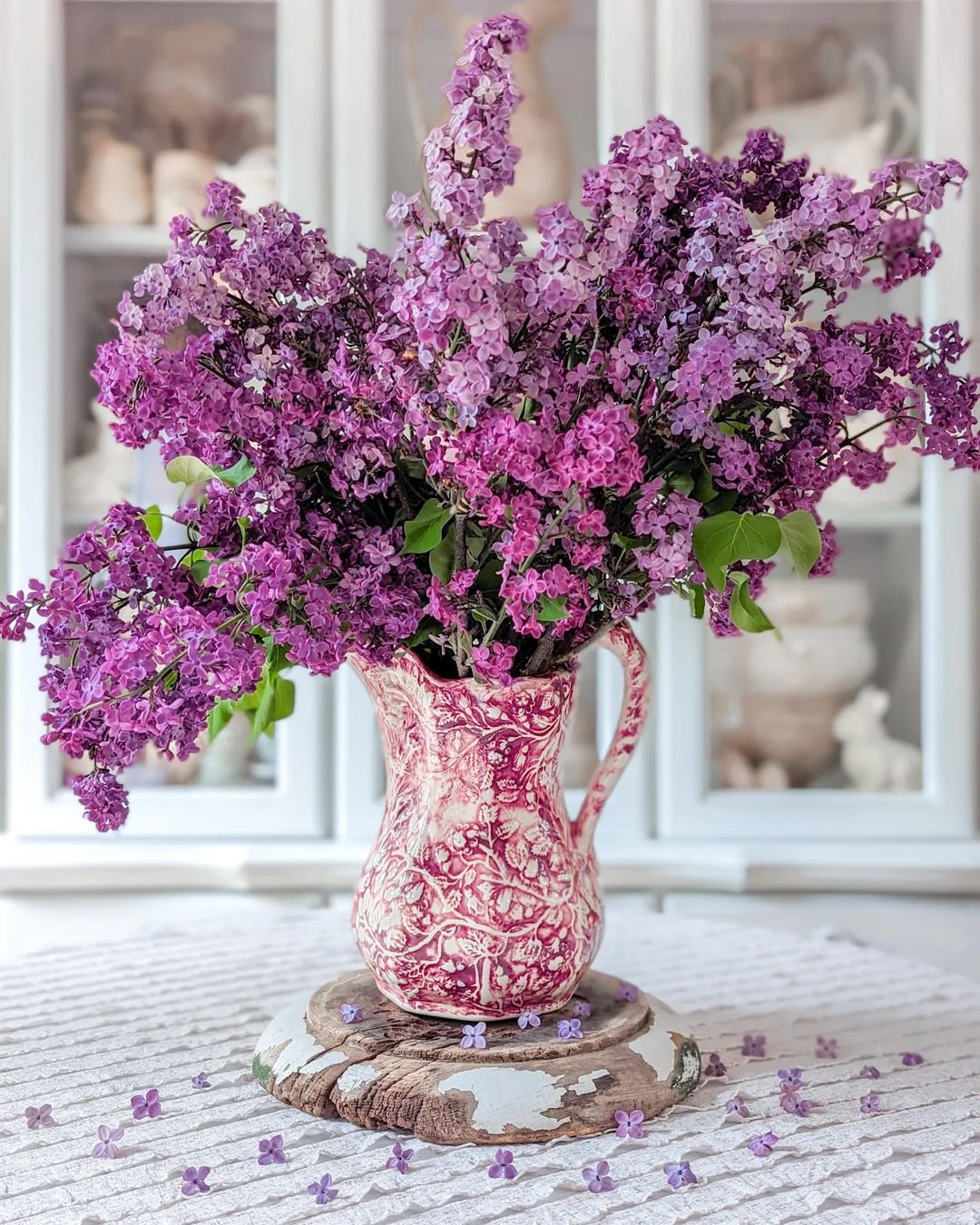
- Fragrant, clustered blooms
- Available in various colors
- Bloom time: Spring
19. Forsythia (Forsythia)
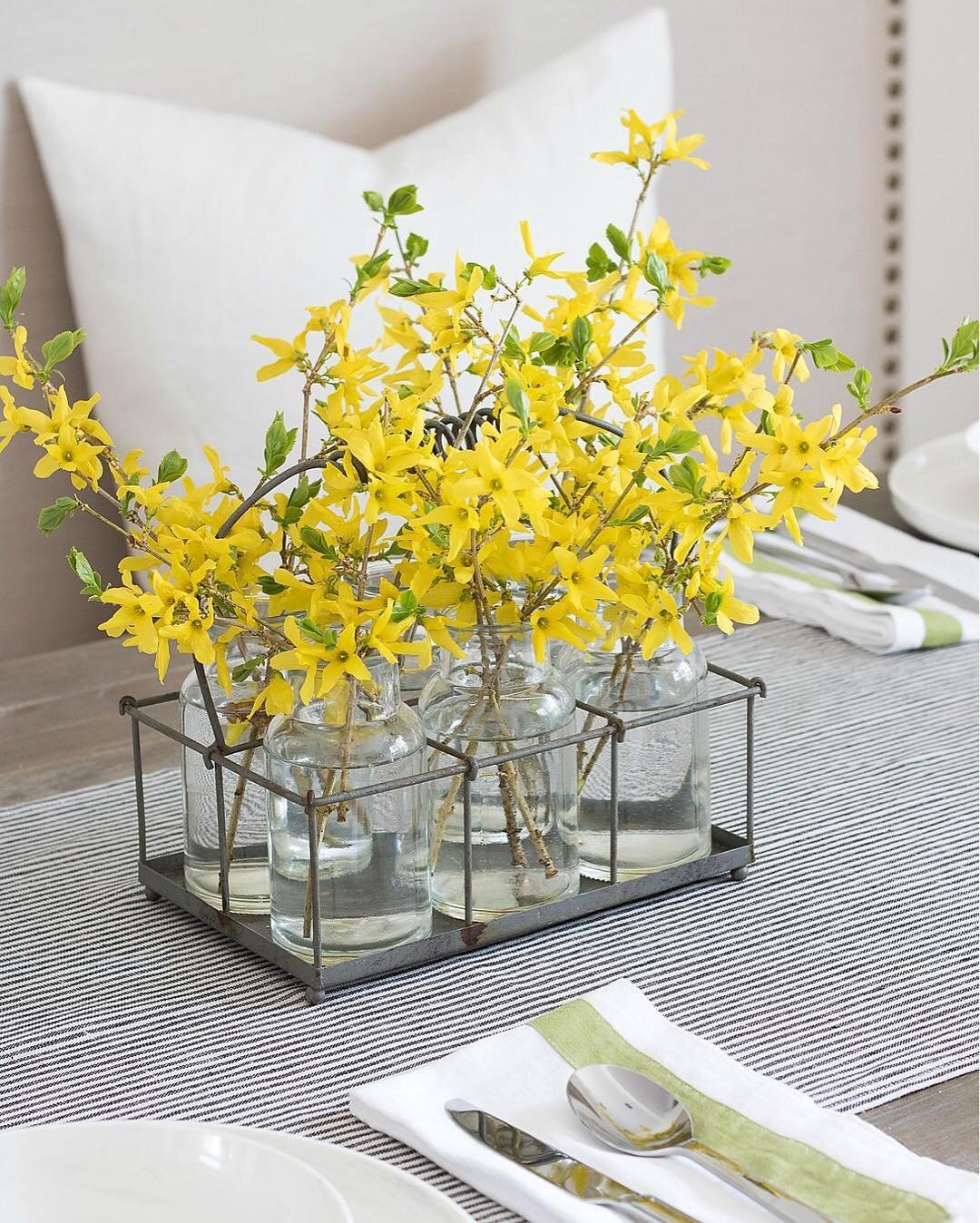
- Early spring yellow blooms
- Branches can be forced indoors
- Bloom time: Early spring
20. Viburnum (Viburnum)
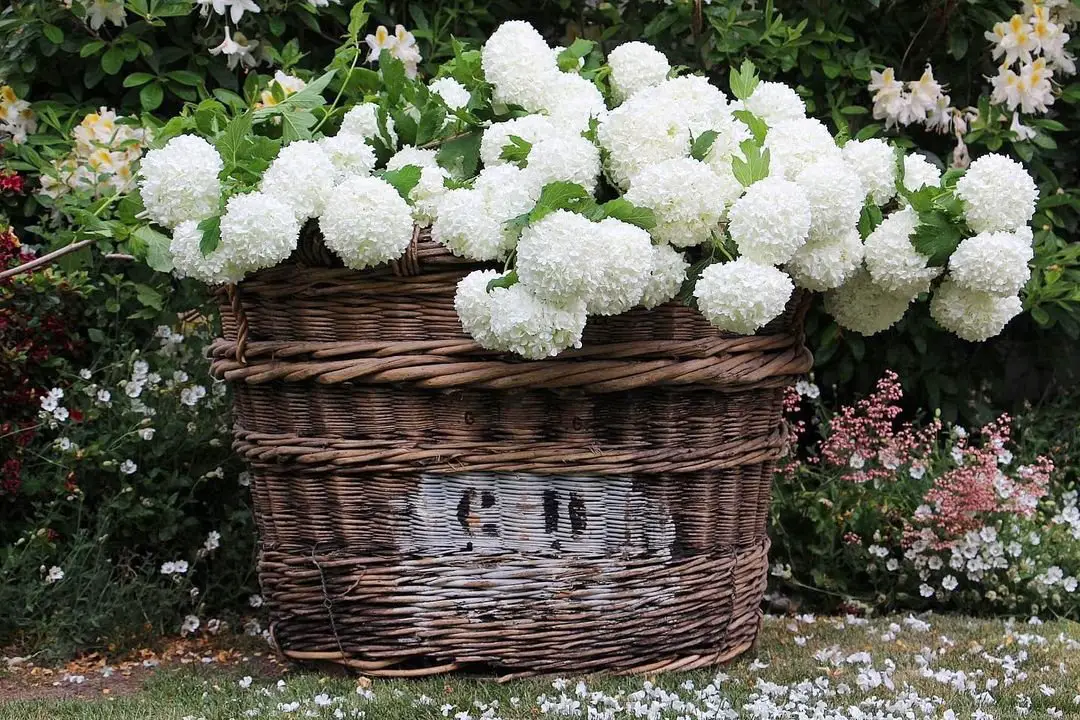
- Clusters of small flowers, often fragrant
- Some varieties offer colorful berries
- Bloom time: Spring to early summer
Learn about pruning shrubs for better blooms from the Purdue University Extension’s pruning guide.
21. Baby’s Breath (Gypsophila)
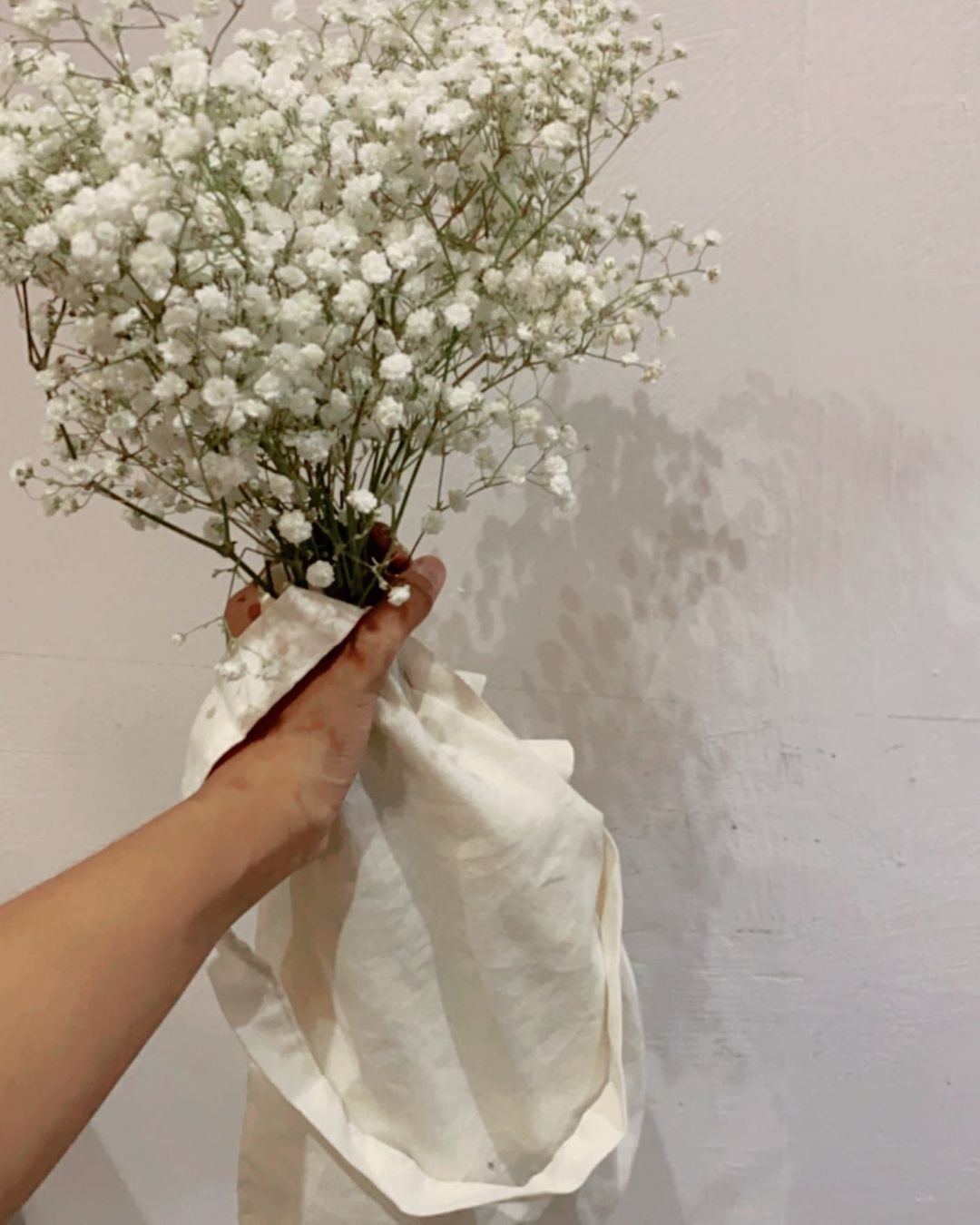
- Delicate, cloud-like flowers
- Excellent filler for bouquets
- Bloom time: Summer
22. Statice (Limonium sinuatum)
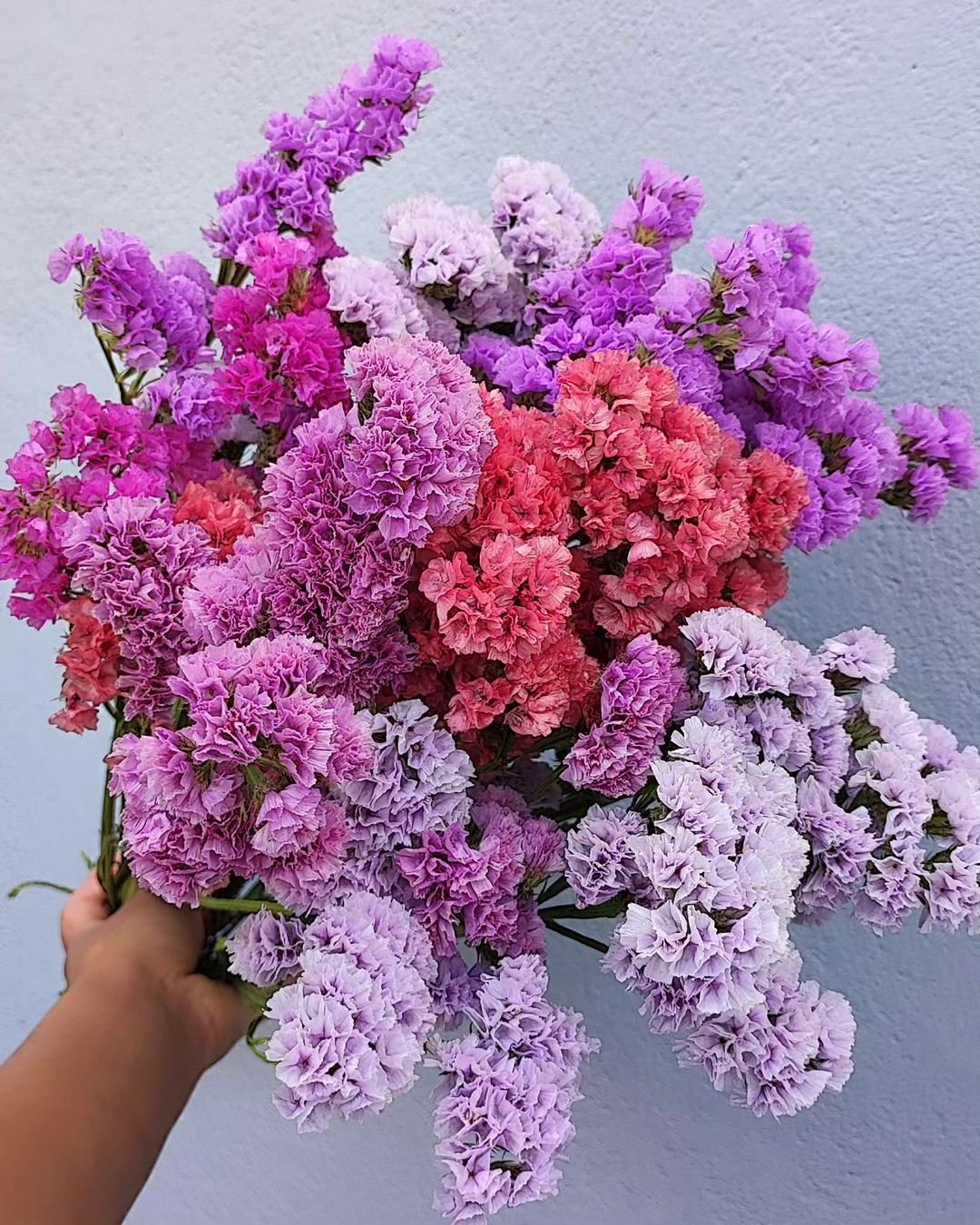
A dried flower staple, statice retains its color for years. Grow it in sandy soil for the best results .
23. Bells of Ireland (Moluccella laevis)
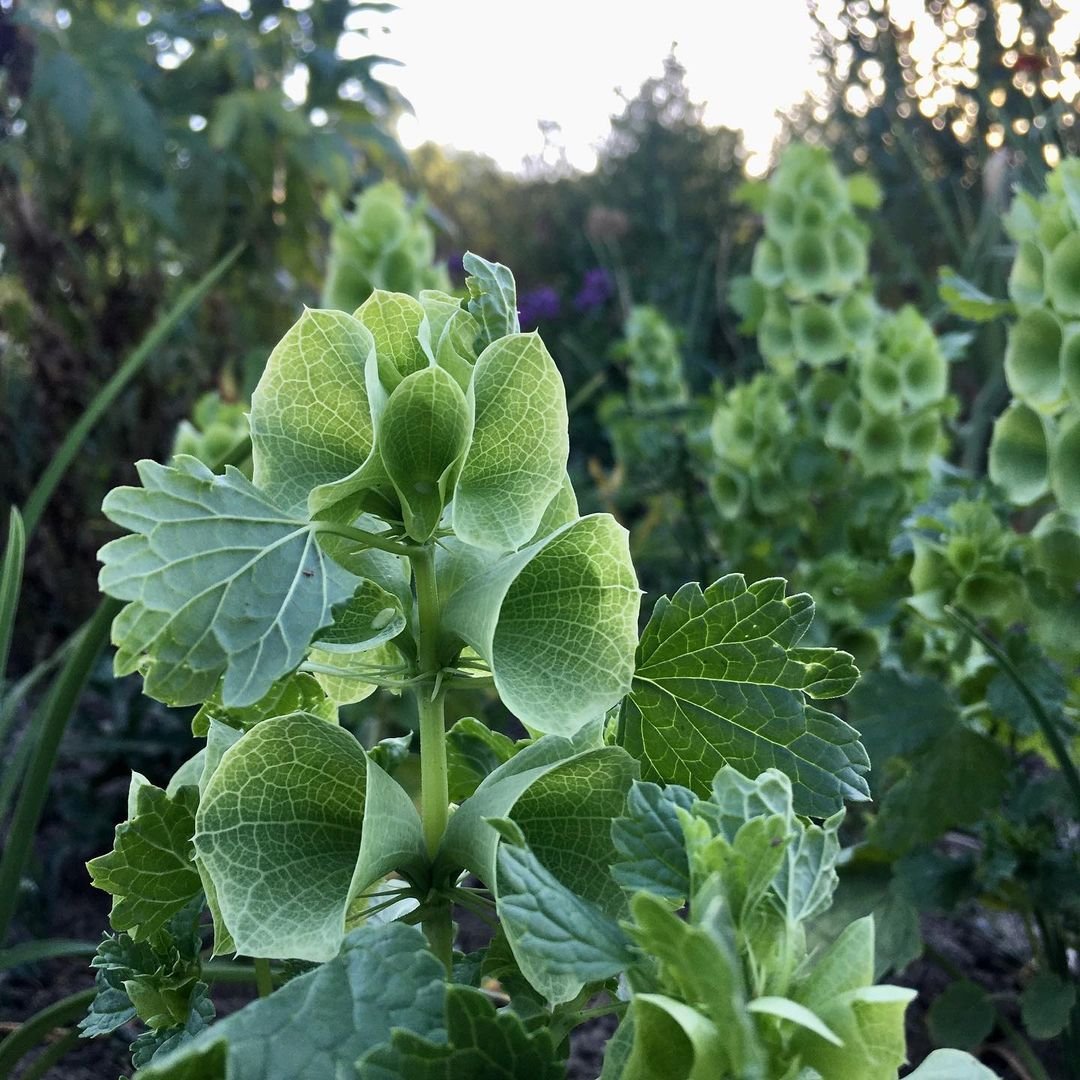
- Tall spikes of green bell-shaped calyces
- Adds unique structure to arrangements
- Bloom time: Summer
24. Dusty Miller (Jacobaea maritima)
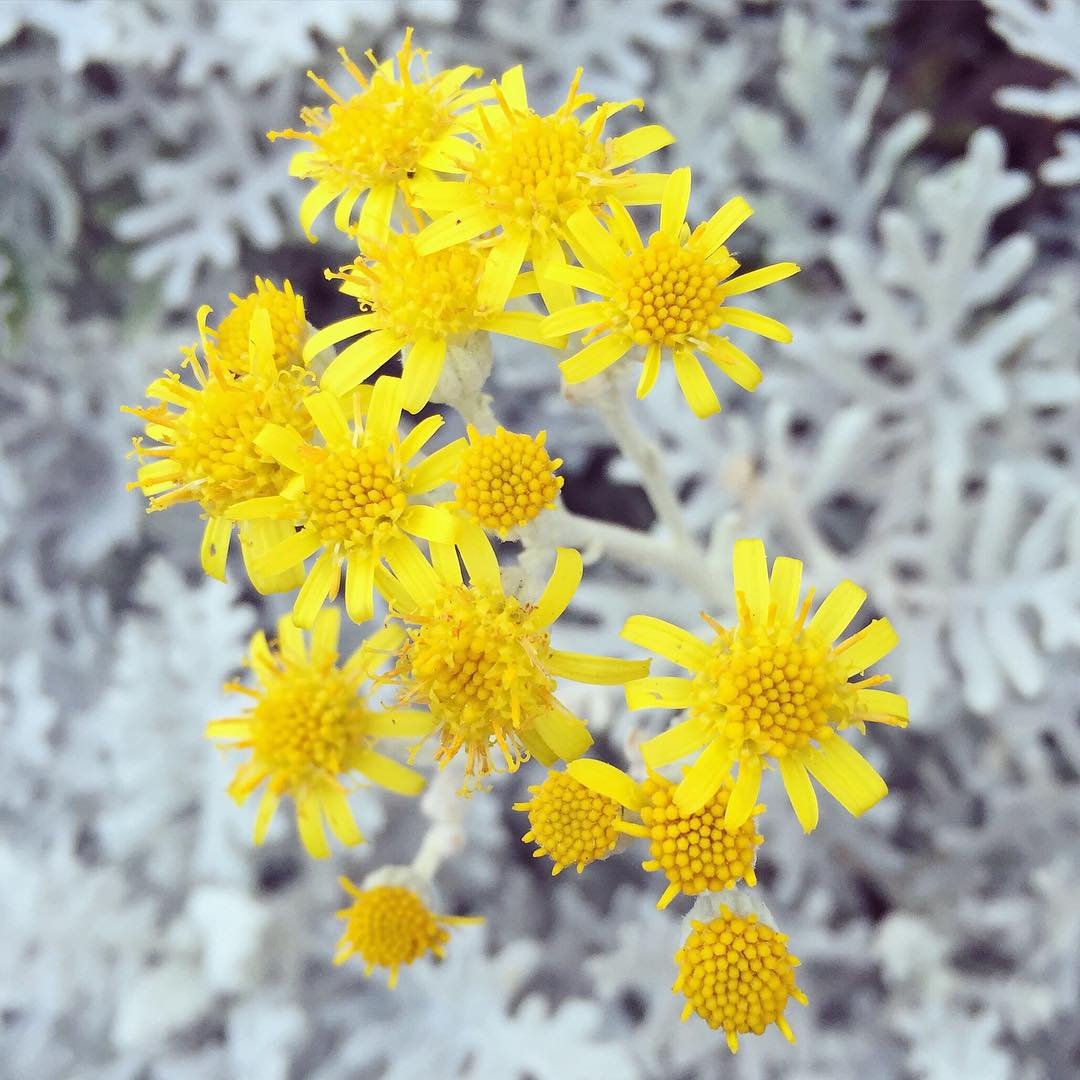
- Silvery-gray foliage
- Provides contrast in arrangements
- Grown for foliage
25. Eucalyptus (Eucalyptus)
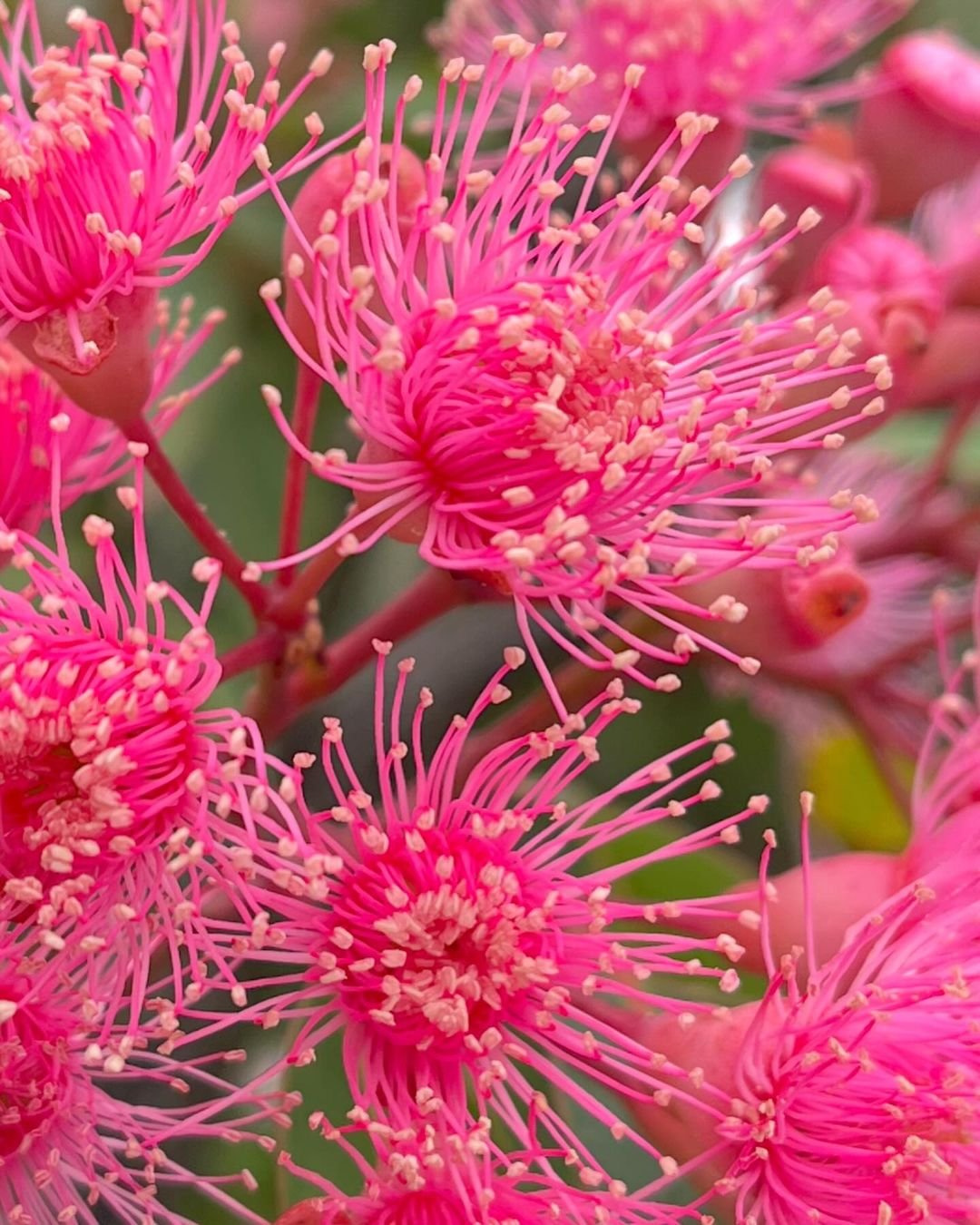
‘Websteriana’ eucalyptus, with heart-shaped leaves, is a foliage must-have. It pairs well with every bloom and dries gracefully .
Pro Tips for a Thriving Cut Flower Garden
- Succession Planting: Sow quick growers like zinnias and sunflowers every 2-3 weeks for continuous blooms.
- Soil Prep: Enrich soil with compost for healthier plants. Check out my soil amendment guide for details.
- Harvesting: Cut flowers in the morning for maximum hydration. Use sharp shears to avoid crushing stems.
FAQs: Your Cut Flower Questions Answered
What’s the most demanded cut flower?
Roses dominate the market, especially for weddings and holidays .
Which cut flower lasts the longest?
Alstroemeria (2+ weeks) and chrysanthemums (3 weeks) are longevity champions .
What’s the best cut flower for beginners?
Zinnias and sunflowers—they’re easy to grow from seed and forgiving of mistakes.
Final Thoughts
Growing cut flowers is a rewarding journey. Start with a few varieties, experiment with colors, and soon you’ll have a garden that’s both beautiful and productive. For more inspiration, explore my guide to starting a cut flower farm.
Happy Gardening! 🌸


